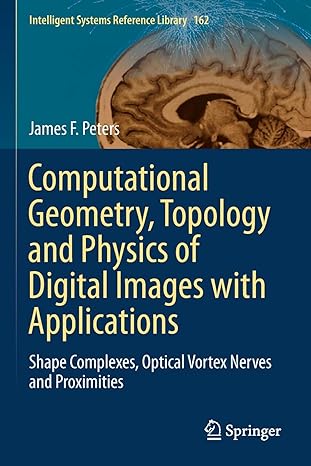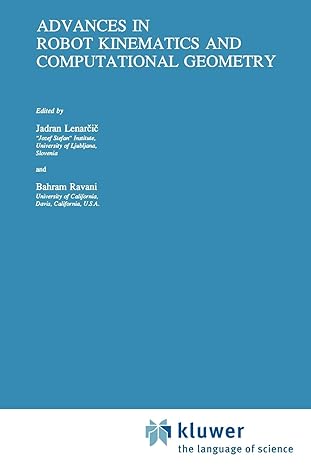Go back


Computational Geometry Topology And Physics Of Digital Images With Applications Shape Complexes Optical Vortex Nerves And Proximities(1st Edition)
Authors:
James F. Peters

Cover Type:Hardcover
Condition:Used
In Stock
Include with your book
Free shipping: April 06, 2024Popular items with books
Access to 3 Million+ solutions
Free ✝
Ask 10 Questions from expert
200,000+ Expert answers
✝ 7 days-trial
Total Price:
$0
List Price: $157.81
Savings: $157.81(100%)
Book details
ISBN: 3030221946, 978-3030221942
Book publisher: Springer
Get your hands on the best-selling book Computational Geometry Topology And Physics Of Digital Images With Applications Shape Complexes Optical Vortex Nerves And Proximities 1st Edition for free. Feed your curiosity and let your imagination soar with the best stories coming out to you without hefty price tags. Browse SolutionInn to discover a treasure trove of fiction and non-fiction books where every page leads the reader to an undiscovered world. Start your literary adventure right away and also enjoy free shipping of these complimentary books to your door.
Computational Geometry Topology And Physics Of Digital Images With Applications Shape Complexes Optical Vortex Nerves And Proximities 1st Edition Summary: This book discusses the computational geometry, topology and physics of digital images and video frame sequences. This trio of computational approaches encompasses the study of shape complexes, optical vortex nerves and proximities embedded in triangulated video frames and single images, while computational geometry focuses on the geometric structures that infuse triangulated visual scenes. The book first addresses the topology of cellular complexes to provide a basis for an introductory study of the computational topology of visual scenes, exploring the fabric, shapes and structures typically found in visual scenes. The book then examines the inherent geometry and topology of visual scenes, and the fine structure of light and light caustics of visual scenes, which bring into play catastrophe theory and the appearance of light caustic folds and cusps. Following on from this, the book introduces optical vortex nerves in triangulated digital images. In this context, computational physics is synonymous with the study of the fine structure of light choreographed in video frames. This choreography appears as a sequence of snapshots of light reflected and refracted from surface shapes, providing a solid foundation for detecting, analyzing and classifying visual scene shapes.
Customers also bought these books
Frequently Bought Together
Top Reviews for Books
Victoria Bailey
( 4 )
"Delivery was considerably fast, and the book I received was in a good condition."










